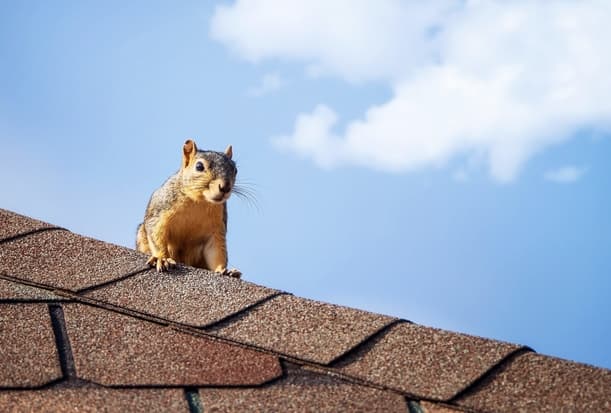Having squirrels in your attic can be more than just a bother; they can damage your home and make you sick. If you have found furry guests in your attic that you don’t want, it’s time to think about how to get rid of them effectively. One-way doors and attic vent covers are two of the most important tools that professional squirrel removal services use. Let’s look at how these tools are very important for keeping rats out of your attic.
One-Way Doors: A Kind Way to Leave
Smart devices called “one-way doors” let rats get out of your attic but keep them from coming back in. They are kind to animals because they don’t hurt them. Instead, they take advantage of the squirrel’s natural behaviour.
How they work:
Exit Only:
One-way doors are put over the holes the squirrels are using to get into your attic. These entry places can be cracks, holes, or weak spots on the outside of your home.
How Squirrels Act:
Squirrels are very faithful to their routines. When they leave the attic to find food or water, they usually come back through the same hole.
Keeping from When a squirrel comes back and tries to get back into the attic through the one-way door, it can’t because it can’t open it from the outside. The squirrel has to find a new place to nest because of this.
Monitoring and Removal:
Once the one-way doors are set up, a professional will keep an eye on things to make sure that all of the squirrels have left the attic. Once it is proven that there are no more squirrels, the one-way doors are taken out and a more lasting way to block the entrance is put in their place.
One-way doors are a gentle and effective way to get rid of squirrels in your attic and keep them from coming back. But they only work if they are installed and watched over by professionals, which is best left to them.
Attic vent covers: making your home safer
For proper air flow and temperature control in your attic, attic vents are necessary. However, squirrels can get in through these openings. Squirrels are very good at chewing, and they can damage or take off vent screens. By blocking squirrels from getting in, attic vent covers are useful.
This is why attic vent covers are important:
Squirrels can’t easily chew through attic vent covers because they are made of strong materials. They are put over existing holes, which makes it impossible for squirrels to get in.
Weatherproof and long-lasting:
These covers are made to last for years and handle the weather. They won’t rust, tarnish, or break down, so they will protect you for a long time.
Stress-Free Living:
When you put attic vent covers on, you won’t have to worry about squirrels getting into your roof. You won’t have to worry about damage that keeps happening or health risks that might come up.
The Touch of Professionalism
One-way doors and attic vent covers are useful tools, but it’s best to let professionals put them in place. This is why:
Placement:
It takes practice to find the best entry and exit places for one-way doors. If you put them in the wrong place, squirrels could get trapped inside your house.
Legal Compliance:
Getting rid of squirrels might be against the rules for wildlife in your area. Professionals know these rules inside and out and can make sure they are followed.
Complete Solution:
These tools aren’t the only way to get rid of squirrels. A careful inspection, humane removal, and steps to keep squirrels out for good are all part of the process.
Last but not least, if you have squirrels in your attic, don’t forget how useful one-way doors and attic vent covers can be. When professionals use these tools, they can get rid of your squirrel problem in a gentle way that lasts. By getting rid of squirrels the right way, you protect your house, your family’s health, and the well-being of these furry intruders, allowing everyone to live together peacefully.
At Squirrel Control Lindsay we have many years of experience dealing with squirrels. We focus on safe and ethical wildlife animal extractions from residential and commercial properties with proven methods in accordance with federal and local rules and regulations
